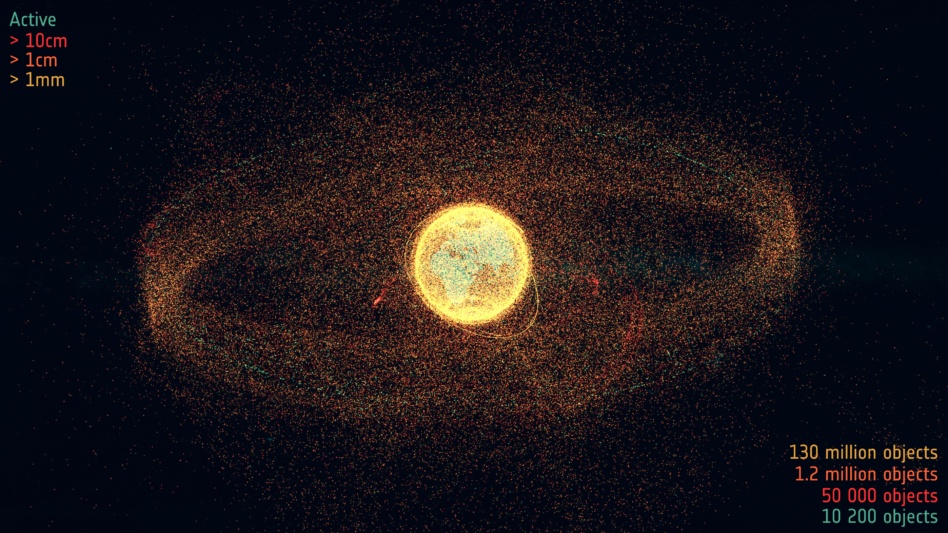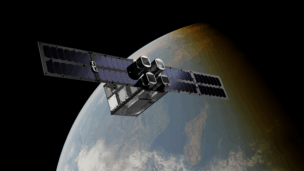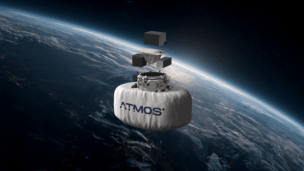ESA shared a new metric this week to describe the current state of orbital congestion—and the number is a lot higher than you’d want it to be.
ESA’s Space Environment Health Index currently sits at a 4. For reference, 1 is the threshold for long term orbital sustainability. The high grade suggests, at the current rate, that space will become increasingly costly over time and eventually, that entire orbits may become inaccessible to space operators.
Indexing everything: The new yardstick for measuring orbital risk isn’t just crying wolf for space organizations. It aims to create a “common language for assessing the impact of our space activities, and making consequences concrete,” according to ESA Space Debris Mitigation Analyst Stijn Lemmens.
The idea is to use the index for grading future space missions and constellations on their impact to orbital risk, much like how household appliances get an energy-efficiency rating. The index is based on a number of factors, including size, orbital lifetime, maneuverability, and risk of an object exploding or fragmenting on orbit.
Space-debris-mitigation analysts at ESA hope the metric will be applied across Europe’s space industry, and become a key factor in licensing, regulatory, and insurance frameworks.
Kessler incoming: The index paints a worrying picture of the future, but it’s not just governments sounding the alarm. Space situational awareness companies have long tracked the increased congestion on-orbit, but for them, the solutions lie well beyond the agreement of a common language to describe the situation.
“We are seeing a dramatic increase [in] the average number of close approaches per satellite,” Audrey Schaffer, SVP of global policy and government strategy at Slingshot Aerospace, told Payload via email. “The industry needs to shift from reactive collision avoidance to proactive traffic management…Long-term sustainability will only be possible through coordinated policy, transparent data sharing, and collective responsibility.”
One silver lining is that the new index may be used by regulators to enforce new rules, to bring the index down closer to the sustainability threshold.
The European Commission’s EU Space Act, which is still working its way through drafts and comments from industry, calls for robust rules for mitigating debris. Space debris analysts at ESA suggested that regulators could adopt this index as a basis for future space-licensing requirements, ensuring that new missions don’t add to the problem.




